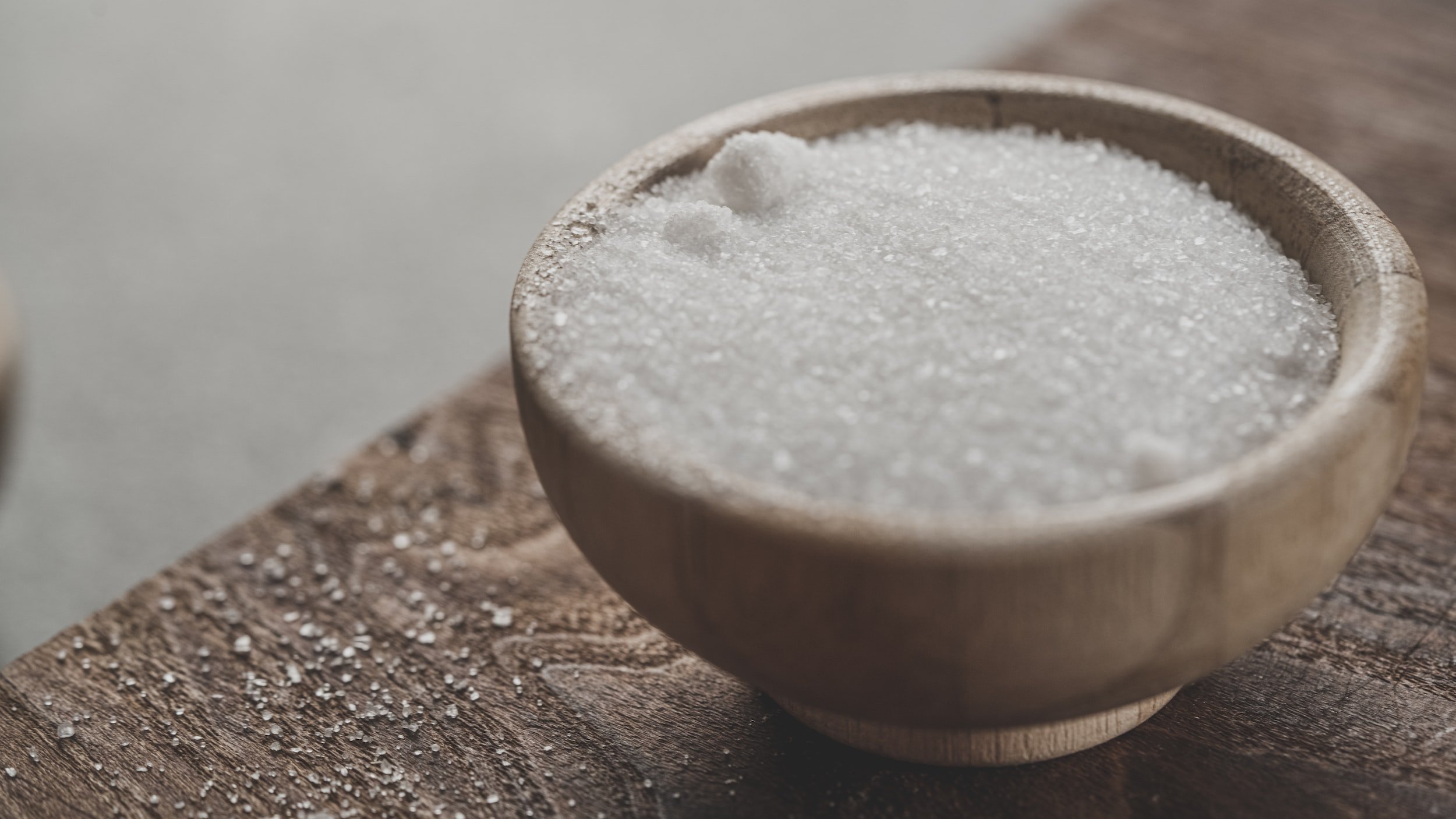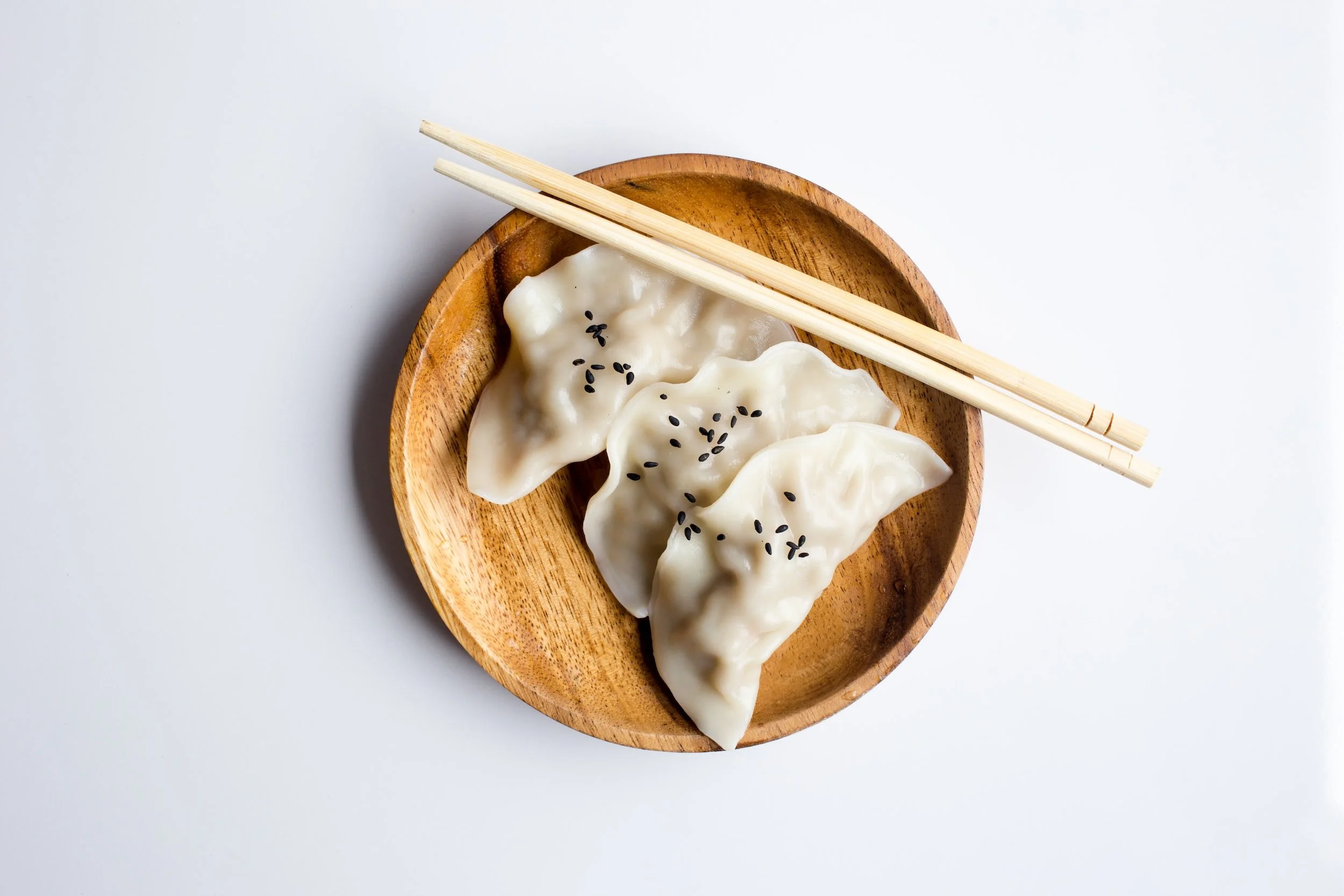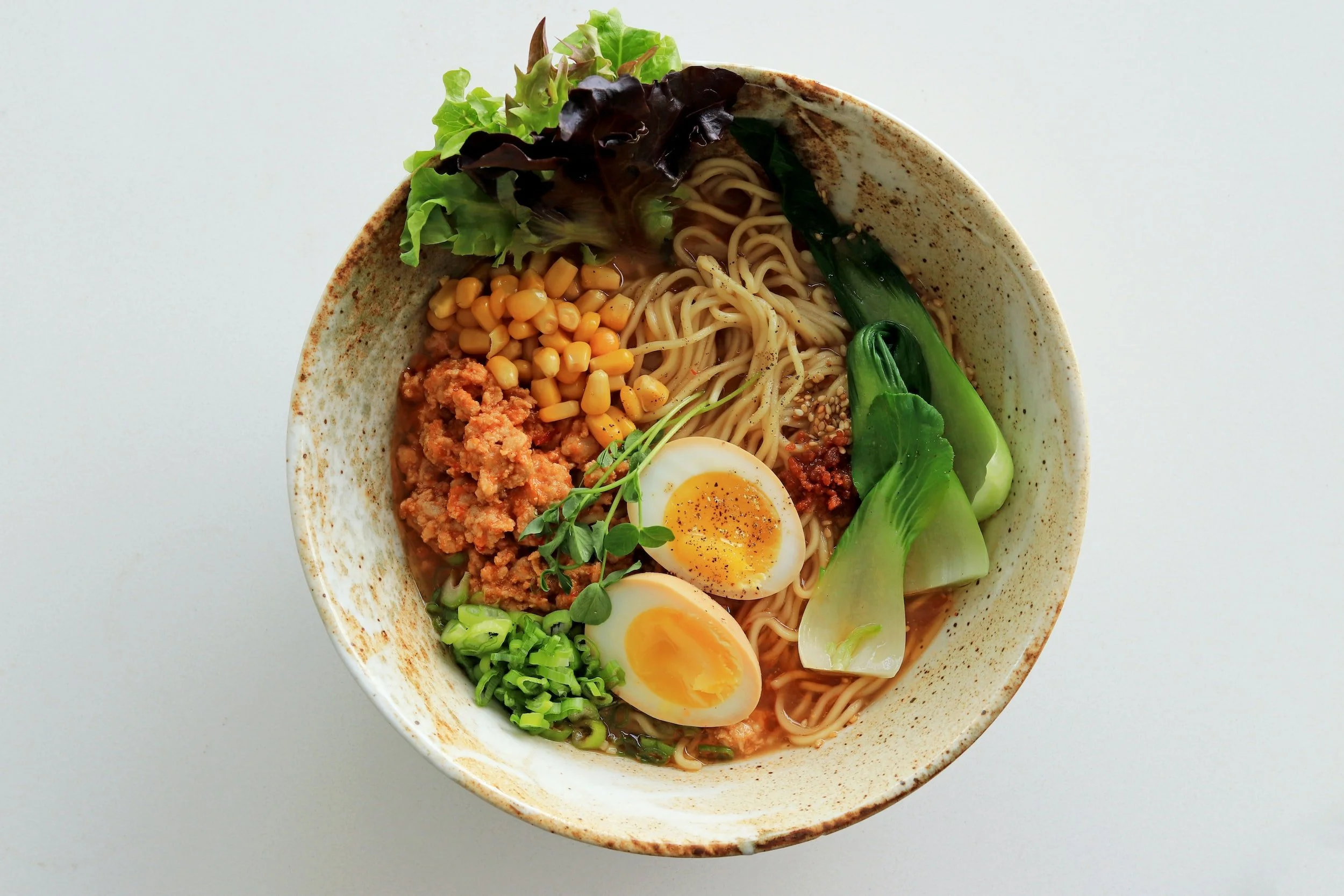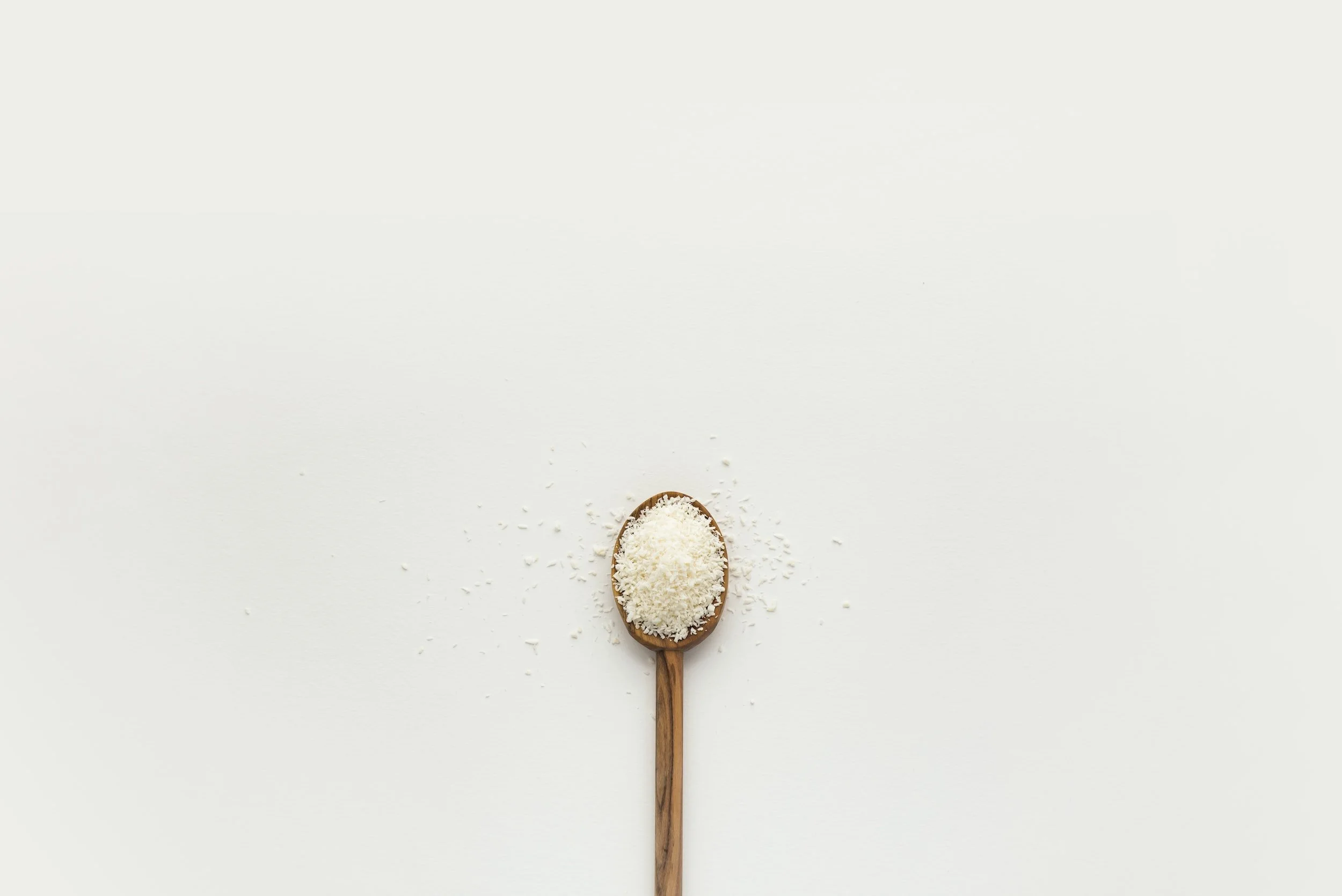Eeeek MSG does what!?
So, if you have ever eaten a packet of instant ramen (I’m talking two minute noodles) then you have most definitely consumed MSG. Today I want to break down what MSG is and what are the potential harmful effects. Let’s dive into it!
What is MSG?
MSG is an abbreviation for Monosodium Glutamate/Monosodium L-glutamate, it is also listed as numbers 621-625 on products.
Glutamates are actually found naturally in most foods, but it is heavily used as a flavour enhancer. It is a super cheap additive and NOT good news for our bodies.
“In 1908, a Japanese chemistry professor determined that MSG was responsible for the characteristic meaty or savoury taste of the broth of dried bonito and Japanese seaweed. Since then, various salts of glutamic acid including MSG (all of which are also known as ‘glutamates’) have been commercially produced and deliberately added to food as a flavour enhancer” (source).
How is MSG made?
The savoury umami flavour is derived from the amino acid glutamic acid through an artificial preparation of this acid. It is made through fermenting corn, sugar beets (both likely genetically modified) and sugar cane. This process produces crystals that appear to look like sugar or salt and can easily be hidden into foods.
What is MSG in?
MSG is often used in ‘salt reduced’ products as manufactures remove sodium but instead pack flavour back in with MSG. If you see this claim on a label this may be a form of green washing.
It is found in over 10,000 foods and is popular in Asian foods, but it will also be found in things like cookies, dressings, soy sauce, processed meat, frozen meals, baby foods, chips and 2 minute noodles. Dam. Time to make your own noods (easy peasy and just as cheap!). Read some of my tips here on how to flavour food naturally and get that flavour punch!
What are the potential effects of MSG?
It has been linked with headaches, numbness, heart palpitations, chest pain and nausea. Along with bronchospasm in asthmatics, dizziness, irritability, pins and needles in upper limbs and nettle rash/hives (source).
How to spot MSG on food labels!
Besides being listed as numbers 621-625, it can be disguised under numerous names such as:
yeast, glutamic acid, seasoning, flavours, natural flavours, malt extract, hydrolysed protein, textured protein, calcium caseinate/glutamate, sodium caseinate, monopotassium, monosodium glutamate.
As always, keep your eyes peeled and read your food labels. I love digging a little deeper with food additives, knowledge really is our power, if you want to find our my top food additives to avoid head here.
Want more?
My Low Tox Eating Program is my signature program and honestly my true passion. It will help you get back in touch with REAL food. I go through every food product imaginable, giving you the confidence that what you are adding to your shopping trolley is free of nasties, additives and is actually going to nourish your body. Find out more here.
After some more nourishment?
Check out these articles!
· Why Meat IS Good For You!
· Get Glowing Skin through the power of FOOD
· How to Read Food Labels





